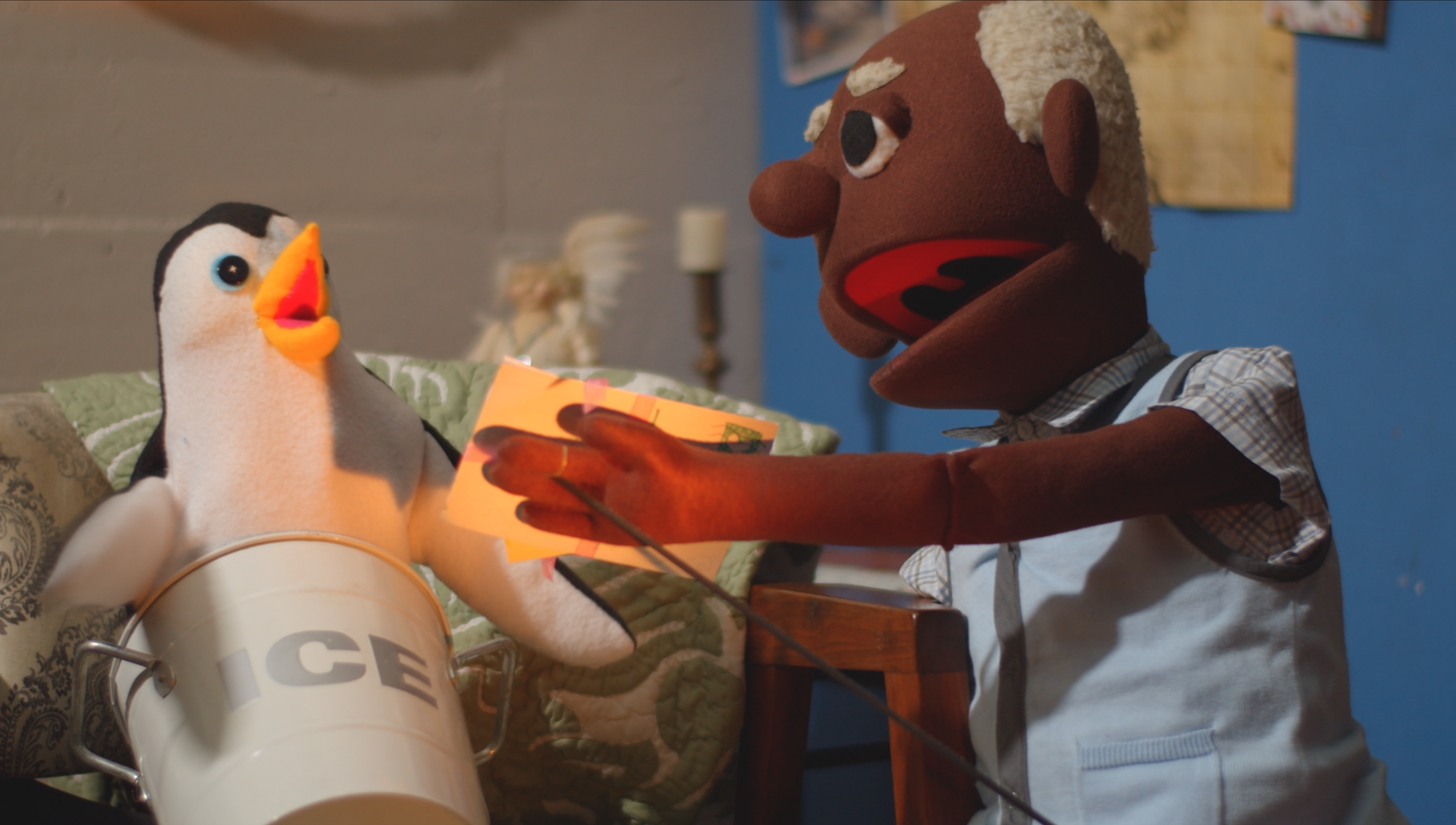Education guide Da Holidays

Da Holidays
Da Holidays Ed Guide

WELCOME TO OUR EDUCATOR GUIDE
Please have patience as we figure out the new format for these Virtual Field Trips. We intend to keep adding material to this guide as we go in response to what you tell us is helpful. We also know that you will adapt these simple ideas and wrap them into your classroom with creativity and charm that comes from knowing and working with this particular group of students. Please use and adapt any of these ideas as you see fit.
Most of all, we wish you all a fantastic end of the year and a happy, smooth start to 2021!
SOME GENERAL QUESTIONS TO GET STARTED
How does your family celebrate the Holidays?
What do you most look forward to either at Christmas or New Years?
What is the difference between different Holidays?
SOME QUESTIONS SPECIFIC TO THIS YEAR?
What will be different this Holiday Season for you and your family?
How do you feel about those differences?
Do you think this year has brought you and your family closer together? If so, how?
What do you wish for the world this Holiday season?
A FEW QUESTIONS SPECIFICALLY ABOUT THE SHOW
Did you have a scene, character or moment that you really enjoyed? Did this seem like something that happens to you?
How much do you know about New Years traditions around the world? Does your family have a tradition?
Would you like to write a note or send a drawing to HTY? If so, we would love to get it!

CHRISTMAS PAST, PRESENT, OR FUTURE
In Charles Dickens’, “A Christmas Carol” Ebenezer Scrooge questions his life’s decisions when he is visited by three ghosts from his past, present and future.
This exercise will put a twist on the classic story and have a fun conversation (it can be played equally well in the classroom or by imagining who you like to connect with if you had a magic zoom account…) But here is an example of how you might creatively play Past, Present or Future at the dinner table.
- A few minutes into dinner, set up an empty chair, placemat and utensils at the dinner table. Your guests may be intrigued.
- Now, go back to your seat and continue eating.
- Wait for someone to ask, “Who else is coming to dinner?”
- Look up, finish chewing that last bite, daintily wipe one corner of your mouth with your napkin, smile and say, “I’m glad you asked!” Proceed to step five.
- Say, “Think of three people you have always wanted to meet, past, present, OR future.”
- Everyone at the table takes turns sharing one of the people they thought of, and why she/he would like to invite them over for dinner. What would the guest bring? What are they wearing? What’s their favorite dish?
- After everyone has shared their “first person,” they can share their “second person.”
- Do the same for sharing the “third person” they would like to invite.
- OPTION: Dramatize the “third person” without sharing who it is! Your guests may ask questions to figure out who you are supposed to be.
MAKE YOUR OWN ORIGAMI SNOWFLAKE
The only thing that’s typical about a snowflake is the lace-like, delicate six-fold symmetry. All snowflakes are beautiful. All snowflakes are different. Just like you!
Steps:
- Get a piece of origami paper, or any square paper of any color.
- Fold the paper to make a triangle. Repeat 1~3 times. The more triangles you fold, the more intricate snowflake you will create!
- Using scissors, cut out shapes on the edges. You can cut any shape you like!
- Unfold the paper to reveal your creation.
- Glue a string on one edge of the paper to hang on your tree!
For a step by step guide, follow Junior’s tutorial video.

CREATE YOUR OWN STORY
Activity:
Create an original story with your students. Students will learn about basic plot structure and character creation while having fun drawing!
Depending on the age of your students you may want to introduce the concepts of characters, setting and plot and let them know you will be asking them to observe details about the story afterwords.
Watch the story:
- Review the Rufus & Penguin story from “Da Holiday” special. The scene starts 15 minutes and 47 seconds into the show.
Steps:
- Who are the characters in the story?
- Where is the setting of the story?
- What happens at the beginning of the story?
- What happens in the middle of the story?
- What happens at the end of the story?
- What is a detail you remember in the story?
Now let’s create our own picture story!
- Collect 10 types of characters from the class (could be animals, people, imaginary creatures but try to pick things the other classmates would recognize). Write them on individual slips of paper and place them in a bag/box.
- Collect 5 settings from the class. Write them on individual slips of paper and place them in its own bag/box. (separate bag/box from #1)
- Have the students pick two slips of paper from bag one and one from bag two (some will be the same, but in different combination).
- Students will then identify something that happens at the beginning, middle and end of the story with those character. Each student will tell the story with three drawings.
- Share the drawing with the whole class. Encourage students to share details in the telling! What does this character look like? Sound like?
- If time permits have them act out the stories!
